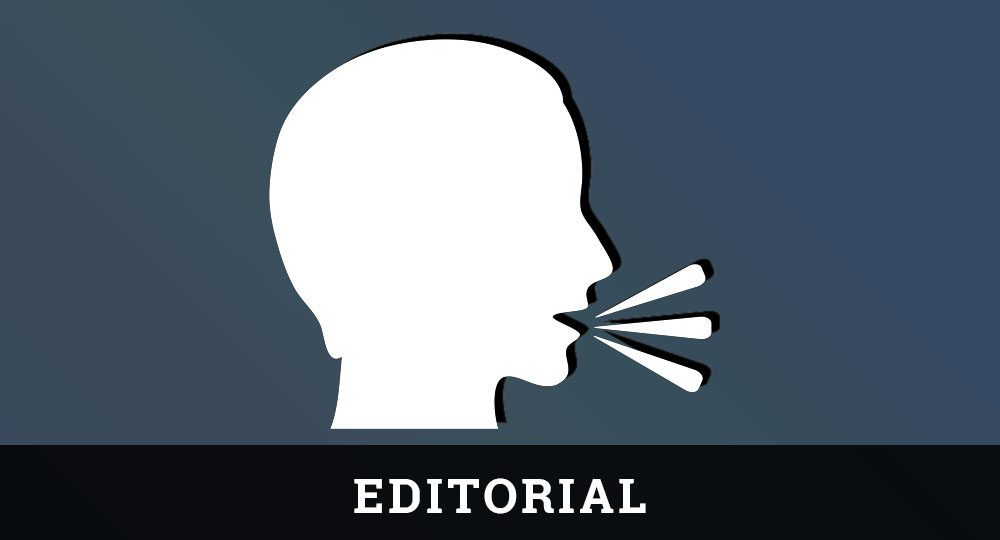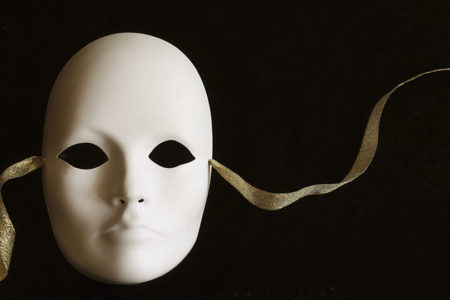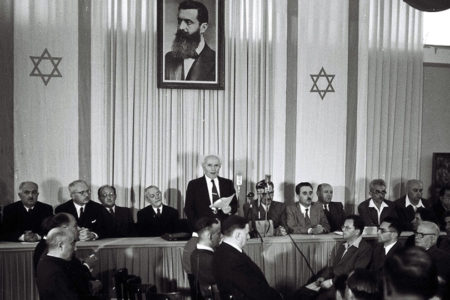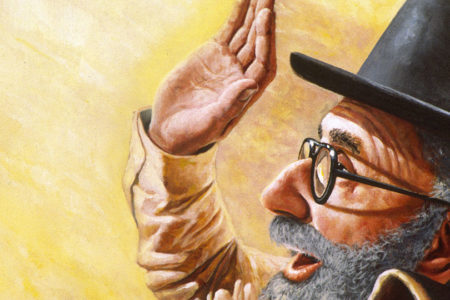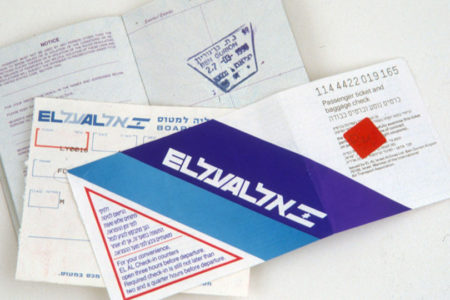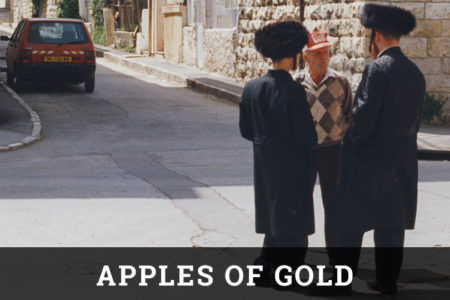Patriots All
When the first SCUD missiles broke the night skies over Tel Aviv, Israelis raced for gas masks and the world braced for what Israel would do in retaliation to the attacks. Israel had been expecting Saddam Hussein to keep his promise to attempt to incinerate the cities of Israel. The chilling thought for elderly Jews was the gas that might be carried in SCUD warheads. You can be certain that the World War II death camp survivors, who still wear Hitler’s faded blue numbers on their arms, remembered other days when they watched family and friends march naked into rooms where the lethal cloud would descend from shower heads, not SCUDS. This time it was different. The nation born out of the agonies of that dreadful episode has promised her people that there will be no more death camps—“Masada will not,” they have been told, “fall again.” Thus, in a strange sort of way, gas masks and sealed crib tents were a symbol of Israel’s promise to protect her own.
But would Israel retaliate? Something had to be done, and quickly; but what, and by whom?
The immediate answer came packaged in what looked like a clumsy, rolling shoe box. Inside was a weapon destined to become another symbol, appropriately named “Patriot.” Soldiers from America had been sent to the aid of the Israelis, and as grateful Jewish people greeted the troops with handshakes, food, and flowers, one could hardly escape memories of the liberation of Jews from death camps by another generation of young Americans.
And what the ungainly missiles did for Israel, they accomplished for many in America as well. Accompanied by the shrill wail of sirens, Patriots rose to punctuate the darkened skies over Israel in their search-and-destroy pursuit of Hussein’s SCUDs. As the bright bursts of light and comet-like missile debris fell, every true American’s heart pumped red, white, and blue. Confidence, patriotism, and a sense of standing against something that was dreadfully wrong infused the national anatomy.
Believers saw the Patriot as a symbol of America’s greatness. And while this country is plagued with a multitude of staggering problems, when Israel was threatened, America came to her side. To this point, it has been true each time the State of Israel and her Jewish people have been placed in harm’s way. In Bible-believing churches all over North America, and in many other parts of the world I’m sure, worshipers were reminded once again, “I [God] will bless them that bless thee [Abraham and his descendants], and curse him that curseth thee” (Gen. 12:3). The addendum to that fact was the admonition to “Pray for the peace of Jerusalem” (Ps. 122:6). Oddly enough, for thousands of American Christians, the Gulf War for the first time put faces on that prayer. Prior to the attacks on Israel, some had prayed for a condition to be established, an end to belligerence, and the coming of His Kingdom. And while our transcending prayer is for the King to come, the present reality of the contorted faces of Israelis digging out from the attacks was etched in the minds of those entering their prayer closets.
Christian awareness and concern were vividly demonstrated at the 1991 National Prayer Breakfast Honoring Israel, held in Washington, DC, at the height of the war. Bible-believing Christians and top US and Israeli government officials packed the hall where the event took place. The impact of the breakfast was electrifying as greeters and speakers came to the podium. Their remarks were focused, and each seemed eager to express himself on behalf of Israel. People greeted Linda Siers’ vocal presentations with the kind of response that spoke for itself. As I began the keynote address, it was immediately obvious that there was something quite different from the same gathering a year ago. The faces of virtually everyone—Jew and Christian—seemed to be mirroring a universal, from-the-heart empathy for the Jewish people and Israel. Zalman Shoval, Israel’s Ambassador to the United States, responded with deep gratitude for the overwhelming show of solidarity and support. A significant segment of American Christians cared and were willing to come and be counted. The net effect was a clear message to Israel and the Jewish community.
During the Gulf War, Americans took to displaying yellow ribbons alongside their red, white, and blue emblems. A variety of claims have been made about the origin of displaying yellow ribbons. My favorite relates to the Civil War. Weary veterans, returning from one of the bloodiest conflicts in the history of humanity, saw yellow ribbons fluttering from trees, houses, and picket fences. It was a simple but eloquent form of assurance—an assurance of unqualified love. Behind those ribbons was a safe haven. The storms of war were over and the ribbons said, Welcome home!
Reflecting on the situation for Jewry and Israel, one is reminded of another emblem—also yellow—worn, as are many of today’s ribbons, on the outer garment. It too made a declaration: Jew. It was Hitler’s way of saying, Marked for death.
It will be well to remind ourselves, in the ground swell of euphoria over a job well done in the Middle East, that most of Israel’s neighbors, even our coalition allies, like the message of the yellow star much better than the message of the yellow ribbon. The “peace process” will be a new mine field for Jewry to traverse, and what we have experienced and appreciated will most certainly be only a brief respite from a more problematic future.
Those of us Christians who love the Jewish people—not simply because we happen to agree on policy or conduct from time to time, but for who they are and what they mean to the heart of God—must continue to see faces in our prayers for “the peace of Jerusalem.” Above all else, may we continue to take seriously the divine word, “Comfort ye, comfort ye my people” (Isa. 40:1) and offer the haven of peace and rest found in the Messiah.
